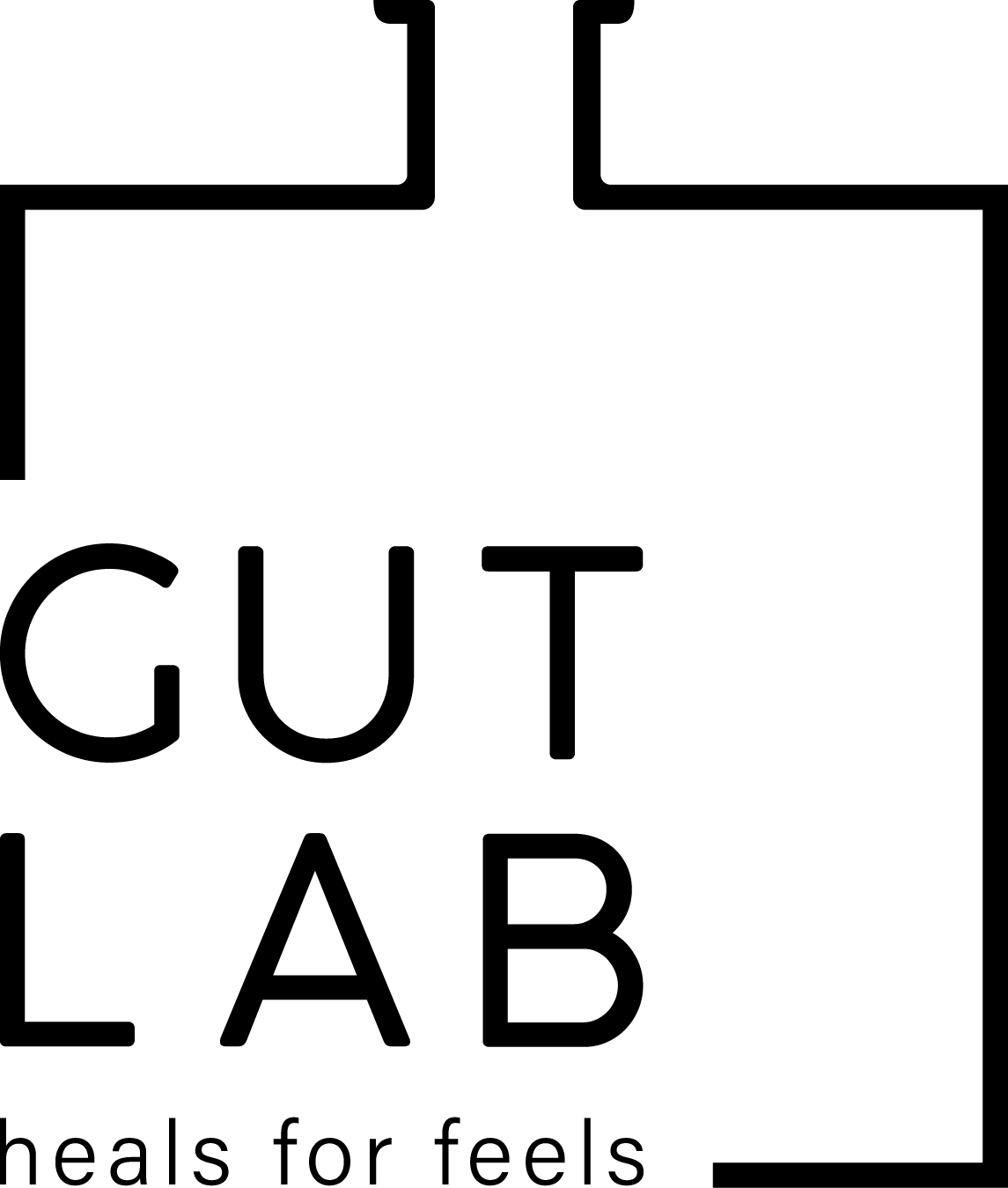Why grains are counterproductive for gut healing.
When the gut is damaged, inflamed, or leaky, the foods we eat can either help rebuild and seal the intestinal wall, or continue to irritate and inflame it. Among the most controversial categories of food in this context are grains. While mainstream nutrition often promotes whole grains for their fiber and vitamins, a closer look through the lens of gut repair reveals that grains; especially in their modern, hybridized, and heavily processed forms; can be counterproductive for gut healing.
1. Grains contain natural defense chemicals that irritate the gut
Plants, unlike animals, cannot flee predators. Instead, they produce chemical defenses, lectins, phytates, saponins, and gluten, to deter insects, fungi, and even mammals from eating them.
Lectins, particularly abundant in wheat, barley, and rye, bind to the intestinal lining, damaging the microvilli and compromising the mucosal barrier. This can create microscopic openings known as “leaky gut”, allowing toxins and food particles to slip into the bloodstream.
Phytates bind to minerals like zinc, magnesium, and iron, making them unavailable to the body. For someone with compromised digestion, this can make recovery slow or even impossible, due to the lack of minerals necessary for healing and day to day metabolic needs.
Saponins and gluten, found in varying degrees in different grains, increase intestinal permeability and trigger immune responses that perpetuate inflammation.
When the intestinal barrier is already compromised, these plant defense molecules act like salt on an open wound.
2. Gluten and its cross-reactive cousins
Gluten (aka gliadin and glutenin) are the most studied of all grain proteins, but they are not the only ones that causes trouble and gluten-like responses. Other grains, even those labeled “gluten-free,” such as oats, rice, corn, and quinoa, contain structurally similar proteins that can react the same way gliadin and glutenin do, especially in sensitive individuals.
In other words, the immune system may not distinguish between gluten and these similar proteins, leading to ongoing low-grade inflammation and autoimmunity, even when “gluten-free.”
Dr. Natasha Campbell-McBride (see this GAPS article) has long emphasized that those with digestive or neurological disorders (such as autism, ADHD, or autoimmune conditions) are particularly vulnerable. For these individuals, any grain can act as a trigger.
3. Modern grains are not the ancient foods we once ate
The wheat and grains grown today are genetically different from the ancestral varieties our great-grandparents consumed. Modern hybridization has increased yield but also amplified gluten and lectin content.
Furthermore, industrial processing strips away the germ and bran, oxidizes fats, and introduces rancidity and additives. Even whole grains, when cooked quickly and consumed without fermentation or sprouting, remain difficult to digest and disruptive for an inflamed gut ecosystem.
Traditional cultures that ate grains prepared them with long fermentation, sourdough, or sprouting; techniques that neutralized many of these anti-nutrients. In modern diets, these practices have largely disappeared.
4. The fiber myth: when “roughage” is too rough
While fiber is often praised for bowel regularity, the insoluble fiber in grains is abrasive to an already inflamed intestinal lining. Instead of soothing and binding toxins like the soluble fiber in cooked vegetables or chia seeds, grain fiber can scrape and irritate.
In gut-healing protocols (like the GAPS Diet or the Plant Paradox protocol), the focus shifts to gentle, soothing fibers from cooked vegetables, squash, and fruit; sources that feed beneficial bacteria without the inflammatory baggage of bran and cellulose-heavy grains.
5. Blood sugar and microbiome imbalance
Grains are primarily carbohydrates, and when digestion is impaired, they break down into simple sugars that feed yeasts and pathogenic bacteria. This fuels dysbiosis, the imbalance of gut microbes that underlies bloating, fatigue, and immune dysfunction.
Healing the gut requires starving the overgrowth of opportunistic microbes while nourishing the beneficial flora. Grains often do the opposite, perpetuating microbial imbalance and inflammation.
6. What to eat instead
During gut healing, the focus should be on foods that are easy to digest, anti-inflammatory, and nutrient dense:
Bone broths & meat stocks in long-cooked stews rich in glycine, collagen, and minerals to seal and rebuild the gut wall.
Fermented foods like sauerkraut, kefir, and kimchi to repopulate beneficial microbes.
Healthy fats (tallow, ghee, coconut oil, avocado, unheated olive oil) to soothe and provide steady energy.
Soft-cooked vegetables, pasture-raised meats, and egg yolks for easily absorbed nutrients.
When the intestinal barrier is strong and the microbiome balanced, small amounts of properly prepared ancient grains (e.g., fermented millet or long-fermented sourdough) may eventually be tolerated; but never as the foundation of the diet, and not as a ‘staple’. For more info on how to get this right, consider the 30-day Gut & Metabolic Reset.
In a nutshell,
Grains, though culturally familiar, are not compatible with gut repair. Their lectins, phytates, gluten-like proteins, and harsh fibers all challenge the very tissues and microbial ecosystems we’re trying to heal.
True gut recovery demands removing the irritants and focusing on soothing, ancestral, and bioavailable nourishment; foods that calm inflammation, rebuild the gut lining, and restore microbial harmony.
“To heal the gut, we must stop wounding it three times a day.”
Removing grains is one of the most powerful and foundational steps in that process.
To get started on a diet that suits you, your life, and your goals, hit the button and enquire to work with Sarah.



